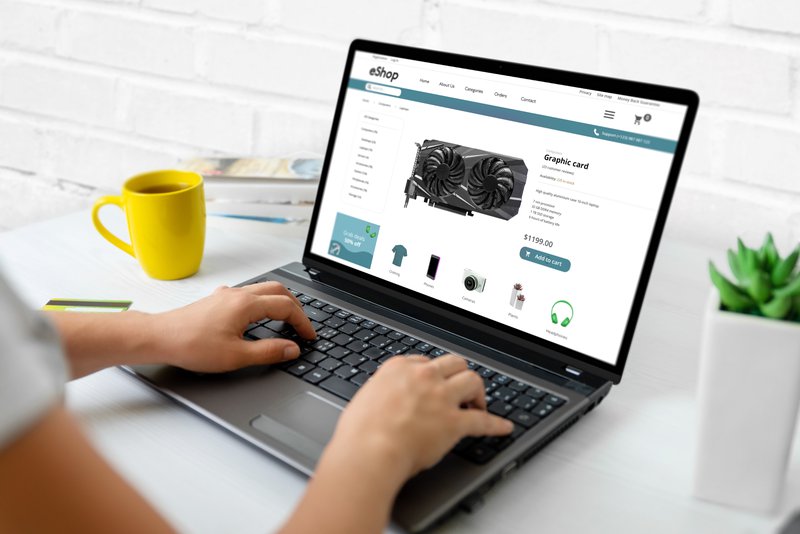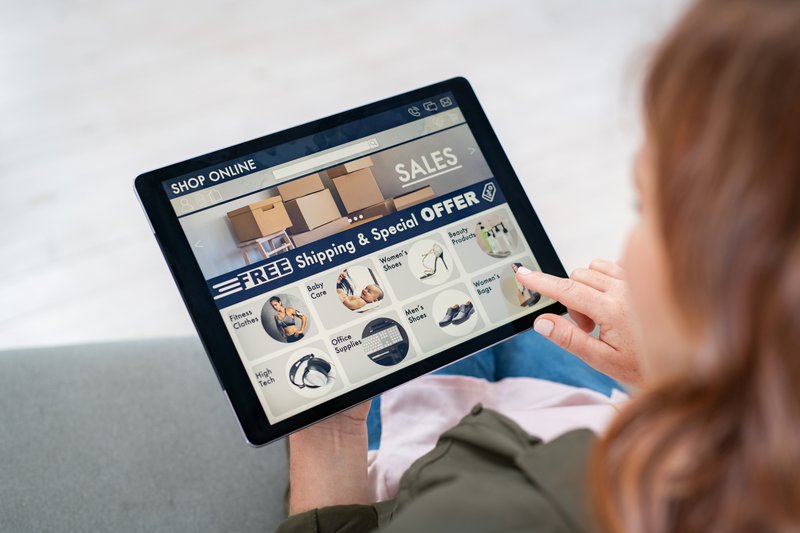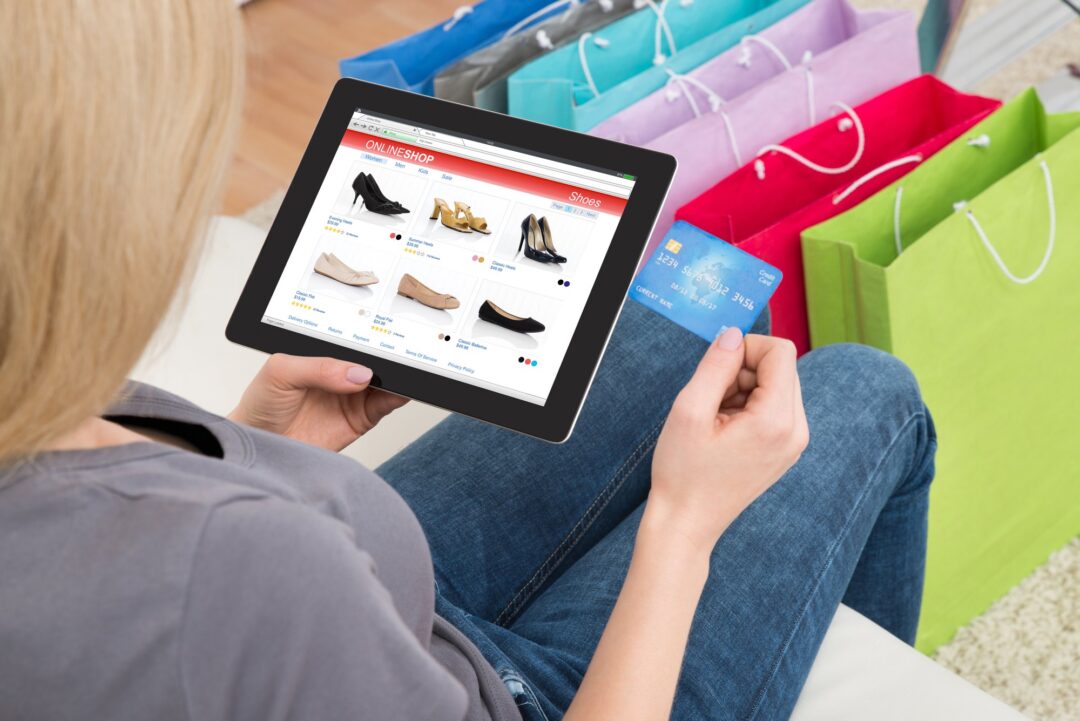The promise of headless eCommerce is the freedom to sell without design or development constraints—effectively making the world your storefront. Though getting there doesn’t require you to reinvent the wheel, it does ask you to reimagine the architecture under the hood. And while headless implementation has gotten its fair share of well-deserved attention as of late, it’s not for everyone. To determine if it’s the right architecture for your business, you’ve first got to understand what it means to go headless.
What Is Headless Commerce for B2B Websites?
Basically, headless implementation is the separating of the front end (the ‘head’) from the back end of an eCommerce website or application. With a headless architecture, brands can add new features and functionalities without constantly updating the backend.

Headless commerce has gained traction in recent years, as its technologies have received over $1.65 billion of funding between 2020-2021 alone. But what does headless eCommerce look like for B2B websites, and how does it differ from traditional online marketing?
Though great at what they intend to do, traditional eCommerce stores lack agility. Their front end and back end have many of their elements connected. Their content, images, templates, CMS, and custom code are combined on a single platform.
The good thing about this is that they’re easier to manage because all business activity can be done on one platform. The bad news, however, is that such fierce codependence derails your eCommerce store’s load time and overall performance while making customization harder and more time-consuming than it needs to be.
On the other hand, a headless implementation gives B2B brands the freedom to experiment with the customer-facing front end without disrupting the technical backend.
This allows brands to create unique shopping experiences for their customers. It also uses APIs (application programming interfaces) to deliver content on any channel or device while fully cloud-based, making it easier and cheaper to scale your business.
Gain Total Control of the User Experience (UX)
There are no two ways about it: an enhanced user experience (UX) is pivotal to business growth. With headless implementation, B2B eCommerce stores can create aligned user experiences, regardless of which channel the customer uses to engage.

Here’s how going headless stands to optimize your omnichannel user experience:
Personalization
A headless system analyzes data to recognize patterns and buying behavior. It then uses this information to make personalized recommendations and optimize search options. Even customer support can be personalized with such technology.
Seasonal Promotions
You can quickly adapt your store to the latest trends, themes, and seasonal promotions without relying on a long development cycle. A headless implementation also frees brands to ride the waves of viral trends by being able to instantly adjust layouts, images, and messaging.
Split Testing
Headless architecture allows for split testing of the built interface. Businesses can optimize their UX and conversion rates with this feature. Also, since headless commerce is data-driven, UX can be optimized in real-time based on consumer feedback and split test results.
Quick Load Time
Loading time directly affects your bottom line. Customers abandon websites that take more than a few seconds to load. That means dollars that should have been yours end up in the pockets of your competitors for no other reason than impatience. Headless architecture will make your online B2B eCommerce store lighter and faster.
Have a More Flexible Front-End Development
Traditional eCommerce models come with templates and pre-installed tools, which leaves little room for customization. Headless implementation allows developers to create a UX from scratch that is fully optimized for their business needs. This is done with the help of APIs and doesn’t require database modifications on the backend.

A flexible front end also allows for a rich display of merchandise. You can design unique customer journeys and execute new features with ease. For example, you can experiment with a tailored checkout flow or add a new field for product recommendations.
There are a few downsides, though. The lack of a template for a front-end leaves all decisions, from creative to logistical, to the front-end developer. This can be tedious and overwhelming. It takes immense scrutiny from landing to product pages to build an interface that balances customer needs with business needs.
The Right Content Management System (CMS) Matters
If you’re looking to transition to a headless B2B eCommerce architecture, then you’ll need the right type of CMS. By the right kind, we mean an agile one that delivers a personalized omnichannel experience.

Headless CMS is a scalable solution for modern eCommerce needs. Consider these factors when searching for your ideal CMS:
Delivers Omnichannel Content
Legacy CMS has limitations. It’s primarily used for creating web content. Headless CMS, on the other hand, can deliver content for apps and IoT and create in-store experiences such as banners and digital kiosks.
Easier to Integrate
Headless CMS delivers content through APIs. This makes it easy to integrate with your headless eCommerce store. APIs can also help obtain user data that you can use to generate insights and future strategies.
Optimizes Based on Channel
The right CMS solution for you should be one that can optimize content for different channels. Everything from product descriptions to checkout pages should automatically adapt to the publishing environment.
Overall, a headless CMS should be scalable and adaptable to your business needs. Look for solutions that make it easy to implement a winning content strategy.
Start Your Headless Commerce Implementation Today
In today's competitive marketplace, price is no longer the only—or even the most powerful—differentiator. Customers not only remember the kind of experience you deliver, but they also reference it in their future purchasing decisions.
With a headless implementation, you can adapt quickly to ever-evolving customer needs to provide the best user experience possible.
Zobrist provides powerful headless eCommerce solutions for your business. Ready to go headless? Book your demo today to get started.




